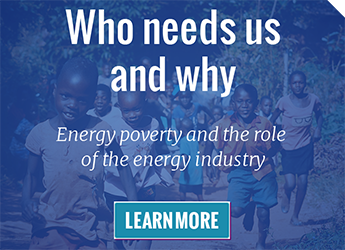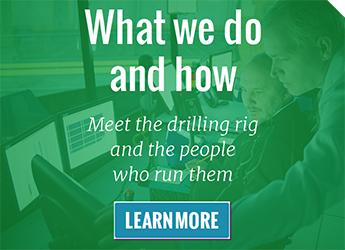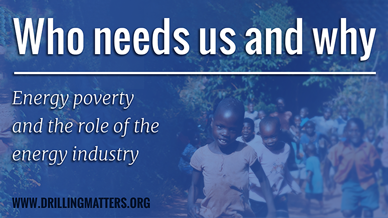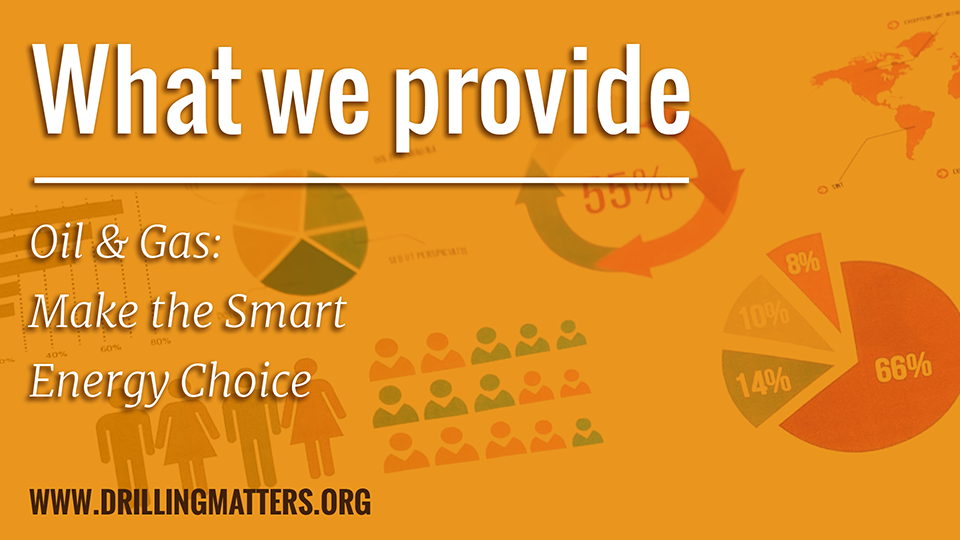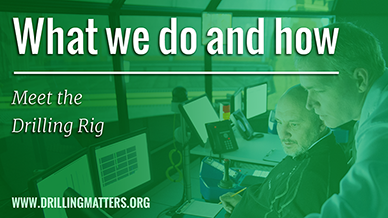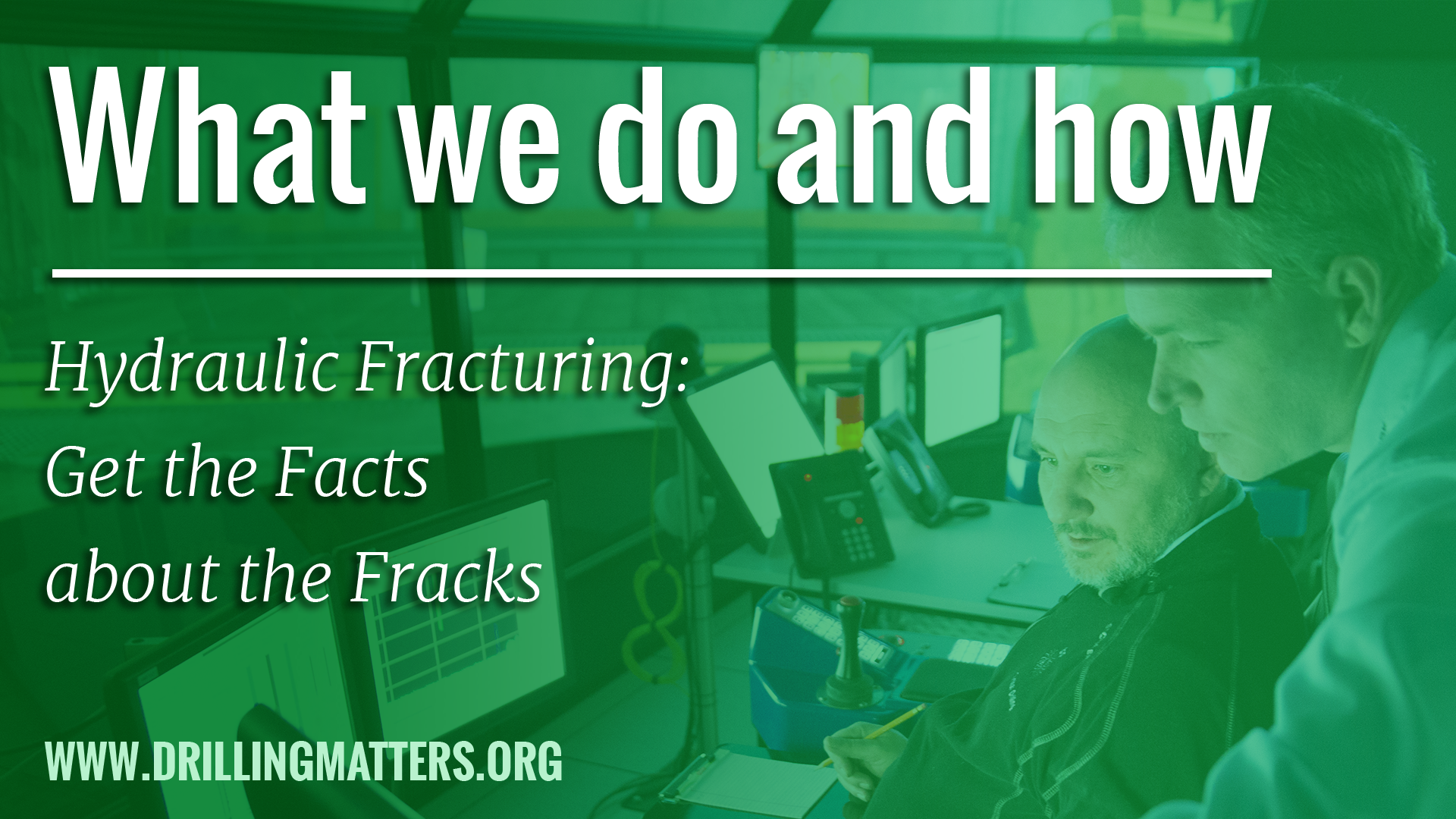
Energizing Transportation with Oil and Gas
Energizing transportation is one of the largest boons humanity has realized from hydrocarbons. Before oil and natural gas, travel was a peril-fraught endeavor — dangerous, uncomfortable and tediously long. The world’s appetite for convenient travel is only growing, as well, as the developing world builds its highway infrastructure. And today, natural-gas vehicles are beginning to slash emission of greenhouse gases and pollutants such as NOX.
While some see electric vehicles as environmental saviors, there’s another, darker side of the story, one featuring child labor, abusive working conditions and severe pollution. A new study has determined that battery-powered electric vehicles generate more than THREE TIMES as much human toxicity as an equivalent internal combustion engine vehicle.
In developed countries, we take for granted all the ways these fossil fuels improve and enhance our lives.
Narration Transcript
Remember the days when horse-drawn buggies moved people from place to place? When travel across the vast American prairie took months in a covered wagon? And pack animals were the primary means of shuttling people and supplies across remote and barren lands?
Not likely -- unless you’ve had more than 100 birthdays! Because in our fast-paced world, the kind of transportation we take for granted looks like this – thanks to a robust hydrocarbons industry that provides gasoline and diesel fuel produced from crude oil, and increasingly, clean-burning natural gas that is now powering hundreds of thousands of cars and fleet vehicles globally, including the US.
Yet before the advent of oil and gas, travel was perilous, difficult and long. The famed covered wagon made eight to twenty miles per day. Traveling across country this way during the 1800s could take more than six months. Travel that now takes a day or two by car or mere hours by airplane, could take more than a month.
Besides the slow, monotonous travel, trails were poor and uncomfortable. Because there were no bridges, wagons were forced to ford streams, a dangerous undertaking. The unwieldy wagons often broke apart or were swept downstream.
Travel by steamship was common. Unfortunately, so was their regrettable tendency to explode!
Transportation fueled by hydrocarbons also has had a significant impact on the world’s access to food and other products necessary to maintain the quality of life we have come to expect.
Prior to the emergence of oil and gas, vast stretches of potential farmland were essentially useless because the land was often too far from population centers. Beginning in the 20th century, railroads, freighters and trucks powered by inexpensive hydrocarbons expanded farmland and ranch production with the delivery of tools, seeds, fertilizers and other supplies and equipment needed to grow crops on large scale, and provide plentiful and affordable food for dinner tables across the globe.
Today, motorized transportation is increasing around the globe. In China, for example, the quantity of both roads and motor vehicles has increased by staggering amounts since 1990.
Similarly, India in 2000 launched a rural road-construction program that has increased these routes from fewer than 50,000 miles to well above 250,000 miles.
In developed countries, like the US, the abundance, reliability and affordability of oil and natural gas have allowed us to enjoy an increasingly advanced, sophisticated lifestyle that is, to a great degree, defined by transportation – with billions of miles fueled by hydrocarbons.
In 2014, the number of highway miles logged by passenger cars, light-duty vehicles, trucks, buses and motorcycles in the US was 4.3 trillion compared to 1.2 trillion driven in 1960.
Air miles in the US alone totaled 607.8 billion in 2014, compared to 31 billion in 1960.
And total US transit miles, including light, heavy and commuter rail, ferries, motor buses and trollies, amounted to 57 billion in 2014 compared to 39.8 billion in 1980.
However, our ability to travel freely and affordably has not always been easy, thanks to geo-politics and war.
In 1973, in response to US support for Israel in the Yom Kippur War, the Organization of Petroleum Exporting Countries imposed an oil embargo against the US and other western nations, drastically reducing supply and quadrupling the price of oil, from $3 per barrel to $12 per barrel. This was followed by a second crisis in 1979, when oil production decreased sharply in the midst of the Iranian Revolution.
In the US, both crises led to gasoline shortages, rationing and skyrocketing prices and long lines at the pump.
Today, thanks to a technological revolution that has significantly expanded reserve estimates and production of hydrocarbons, those days are long gone – along with the fear of “Peak Oil.” The US is now closer to being energy independent, with enough supply of oil and gas to last another century or more. These reserves ensure that consumers will enjoy many more years of abundant, stable and affordable fuel, with little risk for price spikes or shortages.
While gasoline and diesel, both produced from crude oil, have traditionally been the primary means of fueling the growth of motorized transportation, there is now a cleaner-burning alternative: Natural gas.
As an alternative to gasoline, natural gas is available in two forms. First, compressed natural gas, or CNG, is created by compressing natural gas to less than 1% of its volume at standard atmospheric pressure.
The second form is liquefied natural gas, or LNG. This is natural gas that has been converted to liquid form for easy storage and transport.
In January 2015, an estimated 163,000 natural gas vehicles were operating in the US. This includes 88,500 light-duty vehicles, 28,000 medium-duty vehicles and 46,500 heavy-duty, or Class 8, vehicles.
And the numbers in all categories are growing!
Fleets of medium- and heavy-duty vehicles, including school buses, delivery trucks, shuttles, government vehicles and trash trucks, are running cleaner today thanks to the environmental benefits of natural gas over diesel fuel. 27 percent fewer carbon dioxide emissions; 13 to 17 percent fewer greenhouse gas emissions for CNG; 6 to 11 percent fewer greenhouse gas emissions for LNG, and 90 percent lower nitrogen oxide (NOx) emissions that contribute to air pollution.
But how abundant is this resource? In the US alone, proven US natural gas reserves are close to 400 trillion cubic feet. The US is now the number one natural gas producer in the world. Shale gas reserves will provide decades of affordable supply.
A newer trend is also under way: Electric cars, powered by motors that use electrical energy stored in rechargeable batteries. These “green” vehicles are touted as being more efficient than cars with internal combustion engines that run on hydrocarbons.
But there’s another, darker side of the story, one featuring child labor, abusive working conditions and severe pollution. Electric cars depend on lithium-ion batteries, which also power billions of smartphones and other high-tech devices across the globe.
These vehicles and the batteries they rely on are dependent on rare earth minerals, including cobalt and graphite, both of them highly polluting and often hazardous to mine.
Demand for cobalt for batteries has grown tremendously, an increase attributed to electric vehicles, which are being manufactured by a growing number of companies, from Tesla to GM. Yet, whereas a smartphone uses five to 10 grams of refined cobalt, a single electric car battery contains up to 15,000 grams.
A new study by research firm Arthur D. Little determined that battery-powered electric vehicles generate more than THREE TIMES as much human toxicity as an equivalent internal combustion engine vehicle. This because of human exposure to heavy metals, including cobalt, graphite and nickel.
More than half the world’s cobalt comes from the Democratic Republic of the Congo in central Africa, a poor and troubled country where foreign exploitation of natural resources has long been practiced.
Anywhere from 110,000 to 150,000 local miners, many of them children as young as 7, use rudimentary hand tools to scavenge and dig out rocks containing cobalt from pits and tunnels deep underground, with little or no protective gear or safety oversight. Continued exposure to cobalt dust can cause potentially fatal lung disease. These working conditions and health risks have raised global concerns about human rights violations.
The supply chain continues. Congo Dongfang Mining International, a subsidiary of a large Chinese maker of cobalt products, mines and sends the cobalt to China, where it is further processed and then sold to battery component manufacturers.
Lithium-ion batteries also use some amount of graphite, a mineral primarily mined in China that produces significant industrial air and water pollution. Parts of China experience “graphite rain”, rainwater blackened by airborne graphite powder. Pollution from the mining process has led to a variety of health issues, especially respiratory problems.
Despite these issues and even as more consumers, businesses and industries recognize the benefits of driving clean, natural gas-powered vehicles, the US government has created an un-level playing field when it comes to policies, such as vehicle and fuel tax credits and research and development funding, decidedly favoring electric vehicles over natural gas vehicles.
In stark contrast to the mining of rare earth minerals, natural gas and oil are produced under strict industry guidelines and protocols, along with comprehensive international, federal and local/state regulations designed to ensure operations are safe and ethical and respect the environment, minimizing air, water and noise pollution.
The abundance of natural gas, along with healthy reserves of oil, both produced safely and responsibly, make these forms of energy the most reliable and affordable sources for fueling our increasingly sophisticated and mobile society.
Today, people in the US and much of the world rely on hydrocarbon-powered cars, commuter trains and buses to go to work, shop, have access to important services such as healthcare and engage in dozens of activities enhance our quality of life…
High-powered jets enable us to travel great distances in a short amount of time…
Ferries and boats transport us across water…
Emergency vehicles provide rescue services…
Trucks and freight trains deliver food and other products we need and use every day…
The world has come a long way since the days of camels and carriages. For more than 100 years, oil and gas have mobilized the globe. Now, with the capability to tap huge reserves of both these valuable resources, easy access to multiple modes of transportation is more assured than ever -- not only for today, but well into the next century.

